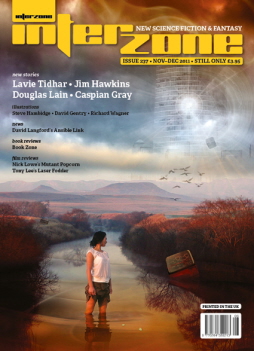Blogging Sax Rohmer’s The Hand of Fu Manchu, Part Five – “The Zagazig Cryptogram”
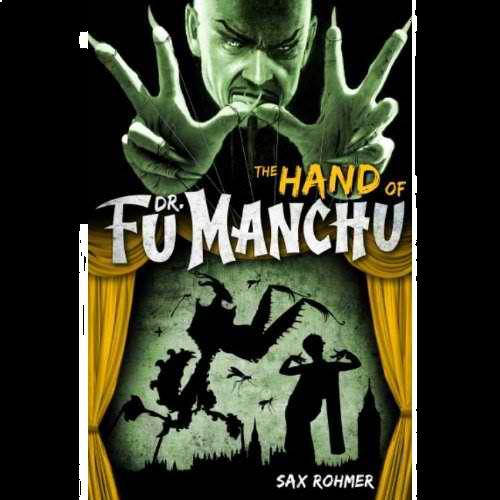
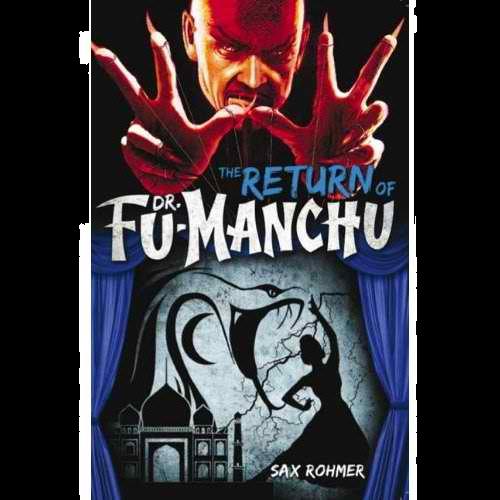 “The Zagazig Cryptogram” was the fifth installment of Sax Rohmer’s The Si-Fan Mysteries. The story was first published in Collier’s on January 26, 1917 (two months after the fourth installment) and was later expanded to comprise Chapters 19 – 21 of the third Fu-Manchu novel, The Si-Fan Mysteries first published in 1917 by Cassell in the UK and by McBride & Nast in the US under the variant title, The Hand of Fu Manchu. The US book title marks the first time that the hyphen was dropped from the character’s name, although it was retained within the text.
“The Zagazig Cryptogram” was the fifth installment of Sax Rohmer’s The Si-Fan Mysteries. The story was first published in Collier’s on January 26, 1917 (two months after the fourth installment) and was later expanded to comprise Chapters 19 – 21 of the third Fu-Manchu novel, The Si-Fan Mysteries first published in 1917 by Cassell in the UK and by McBride & Nast in the US under the variant title, The Hand of Fu Manchu. The US book title marks the first time that the hyphen was dropped from the character’s name, although it was retained within the text.
“The Zagazig Cryptogram” picks up two weeks after the last installment with Nayland Smith and Dr. Petrie joining Inspector Weymouth at the River Depot police station to examine a corpse. A Burmese dacoit has been fished out of the Thames along the wharf where the Joy Shop sits. The coroner’s report reveals that the man was strangled rather than drowned as initially suspected. Smith spies in the Times’ personal column a mysterious message has been posted consisting of nothing more than the word Zagazig written seven times in a row. While Petrie dismisses it as nonsense, Smith points out that Zagazig is a town in Lower Egypt. He is convinced that the mysterious code and the murdered dacoit are somehow connected to the Si-Fan.
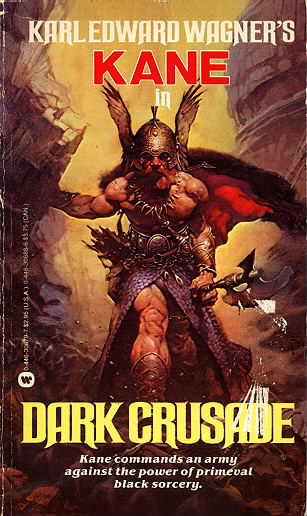 Why has swords and sorcery languished while epic fantasy enjoys a wide readership? In an age of diminished attention spans and the proliferation of Twitter and video games, it’s hard to explain why ponderous five and seven and 12 book series dominate fantasy fiction while lean and mean swords and sorcery short stories and novels struggle to find markets (Black Gate and a few other outlets excepted).
Why has swords and sorcery languished while epic fantasy enjoys a wide readership? In an age of diminished attention spans and the proliferation of Twitter and video games, it’s hard to explain why ponderous five and seven and 12 book series dominate fantasy fiction while lean and mean swords and sorcery short stories and novels struggle to find markets (Black Gate and a few other outlets excepted).
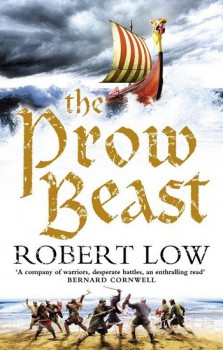 The Prow Beast
The Prow Beast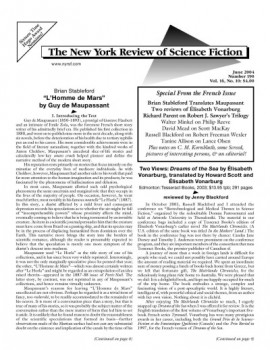

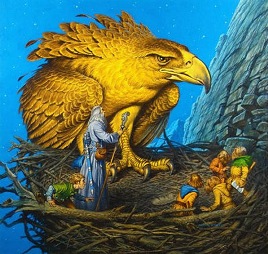
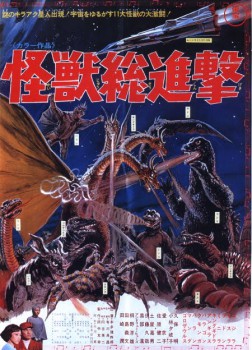
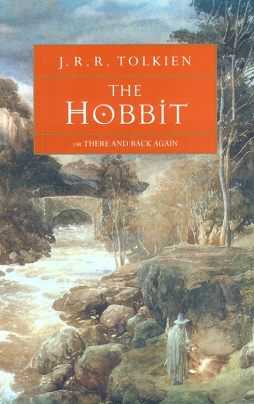 Nearly every night, I read aloud to my boys. For Evan, my seven-year-old, I have lately been reading The Hobbit. Two nights ago, no sooner had I begun than Evan interrupted, saying, “It’s funny how they spell ‘Smaug.’”
Nearly every night, I read aloud to my boys. For Evan, my seven-year-old, I have lately been reading The Hobbit. Two nights ago, no sooner had I begun than Evan interrupted, saying, “It’s funny how they spell ‘Smaug.’”